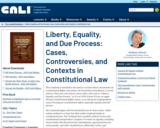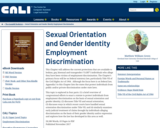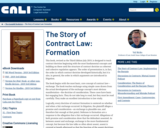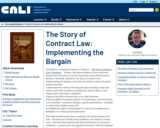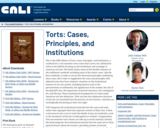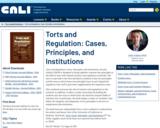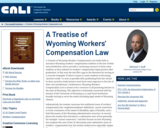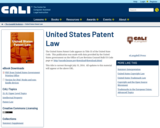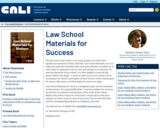
The first year of law school is, for many people, one of the most significant transitions of their adult life. Law school demands a lot as it helps you make the transition from your prior identity as student (or as some other occupational role) to your new identity as an attorney. To meet the demands of law school, it is often helpful to have the big picture before you begin – a sense of what it is you are trying to do as you prepare for classes, participate in those classes, review and prepare for exams, take exams, and then begin the cycle once again.
Law School Materials for Success is designed to give you the essentials of that process. It is purposefully brief – most law students do not have the time for an extensive examination of the study of law school. Rather, they need a source for some basic, critical advice and some pointers on where to go for more if necessary. That is what this book and the accompanying podcasts are designed to provide.
- Subject:
- Law
- Social and Behavioral Science
- Material Type:
- Textbook
- Provider:
- The Center for Computer Assisted Legal Instruction (CALI)
- Provider Set:
- The eLangdell Bookstore
- Author:
- Barbara Glesner Fines
- Date Added:
- 01/12/2021

